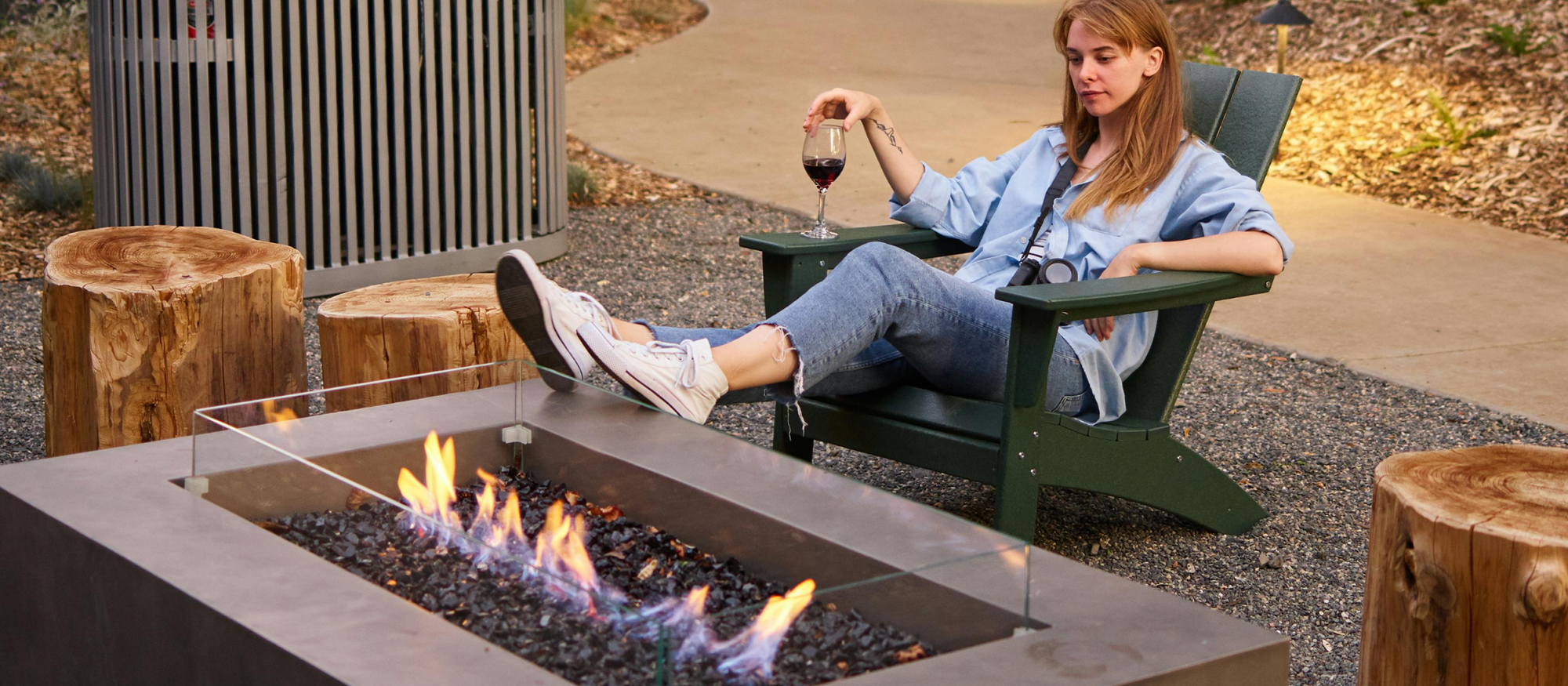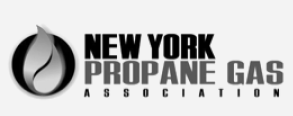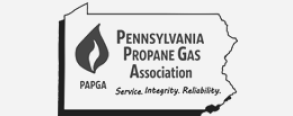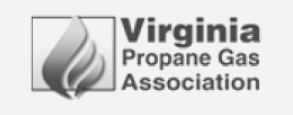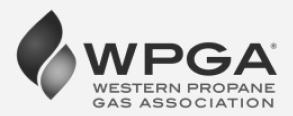

Older homes, with their charm and history, hold a special place in our hearts. However, they often come with less-than-ideal energy efficiency, leading to higher utility bills and a larger carbon footprint. Fortunately, retrofitting and upgrading these structures for energy conservation is both feasible and cost-effective. In this comprehensive guide, we'll explore various strategies to enhance the energy efficiency of older homes, including innovative propane solutions among other options.
Understanding the Energy Profile of Older Homes
Before diving into the solutions, it's crucial to understand why older homes often lag in energy efficiency. Factors such as inadequate insulation, single-pane windows, outdated heating systems, and lack of modern energy-saving technologies contribute to energy wastage. A thorough energy audit can help identify these inefficiencies, serving as a roadmap for making impactful upgrades.
Insulation and Air Sealing: The First Line of Defense
Insulation is paramount in preventing heat loss during winter and heat gain during summer. Upgrading insulation in the attic, walls, and floors can significantly reduce your energy bills. Equally important is air sealing to eliminate drafts around doors, windows, and other openings. These initial steps create a tighter envelope, keeping your home comfortable and energy-efficient.
Window Solutions: Balancing Light with Efficiency
Windows are often the weakest link in an older home's energy profile. Replacing single-pane windows with double or triple-pane versions can drastically improve insulation. For those wishing to preserve the original windows, secondary glazing or high-quality window treatments can offer a compromise, improving energy efficiency while maintaining aesthetic integrity.
Heating Solutions: Embracing Modern Technologies
Older heating systems are typically less efficient and can significantly contribute to high energy consumption. Upgrading to a modern heating system, such as a high-efficiency propane furnace, can offer a more sustainable and cost-effective solution. Propane heating systems are known for their efficiency, reliability, and cleaner burning compared to oil-based systems, making them an excellent choice for environmentally conscious homeowners. Tankfarm makes switching to propane simple, learn more here.
Propane Solutions: A Versatile and Eco-friendly Option
Propane doesn't just excel in heating; it offers a versatile solution for various home energy needs, including water heating, cooking, and even refrigeration. Its efficiency and lower carbon footprint make propane an attractive option for those looking to retrofit older homes. When combined with other energy-saving upgrades, propane can play a central role in creating a more sustainable and efficient home. Get. your free propane quote today.
Renewable Energy Integration
For homeowners committed to minimizing their environmental impact, integrating renewable energy sources like solar panels or small wind turbines can be a game-changer. While the initial investment may be significant, the long-term savings and potential to achieve near-zero energy costs make this an enticing option.
Final Thoughts
Upgrading older homes for energy efficiency requires a multifaceted approach, combining traditional methods with modern technologies. By prioritizing insulation, window upgrades, efficient heating solutions, including propane, and possibly integrating renewable energy, homeowners can significantly reduce energy consumption, lower utility bills, and contribute to a healthier planet.
As we strive for a more sustainable future, retrofitting older homes becomes not just an option but a necessity. With careful planning and strategic upgrades, we can preserve the charm and history of these structures while embracing the benefits of modern energy efficiency.

